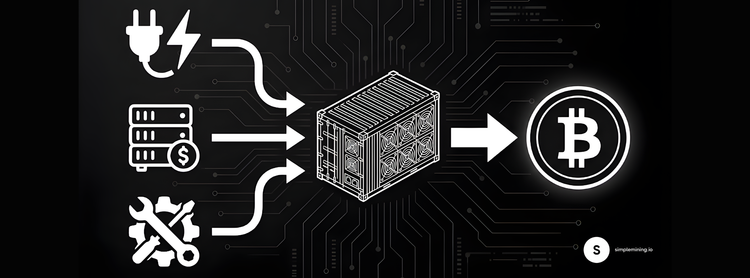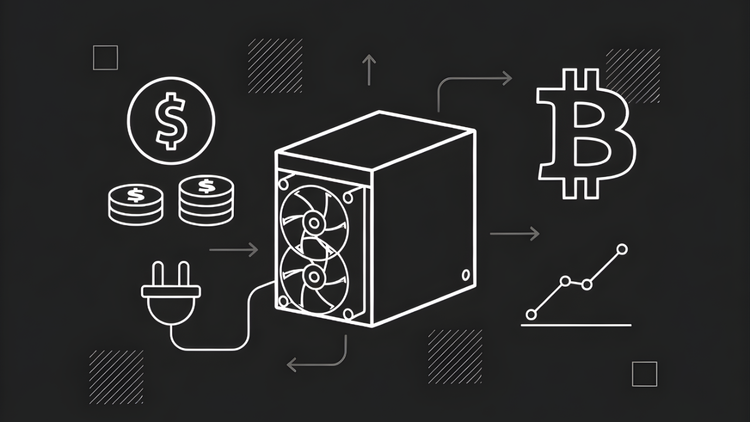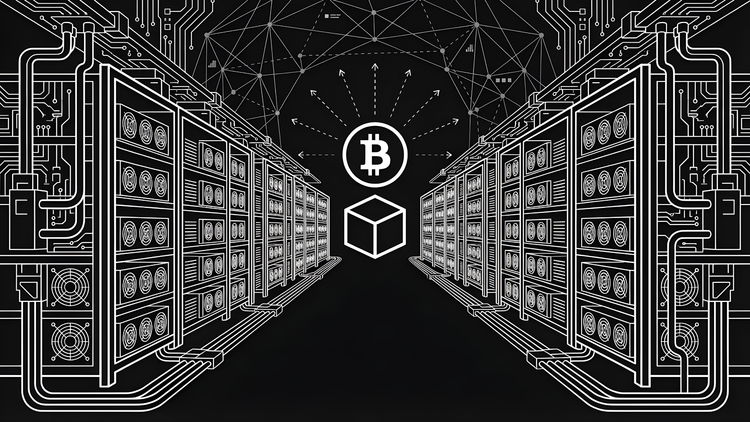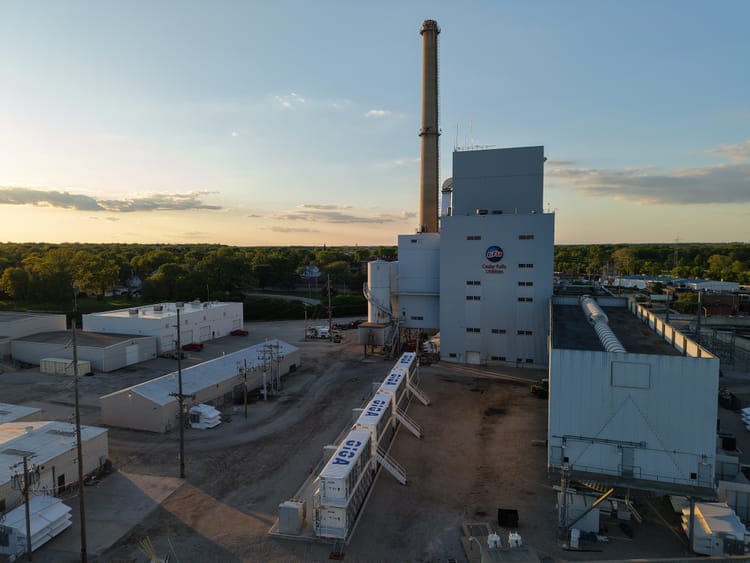Is Crypto Environmentally Friendly?

Bitcoin is energy-intensive.
But this does not mean it is harmful to the environment. Over 54% of bitcoin mining is powered by renewables and sustainable energy sources.
Simple Mining uses clean wind energy and efficient locations to reduce waste and support an environmentally friendly monetary network.
Sustainable Mining Practices:
- Stranded energy: Uses power that would otherwise be wasted.
- Co-location: Pairs with hydro/solar farms for off-peak energy use.
- Wind farms: Leverage affordable, clean wind power for mining.
Is Bitcoin really the environmental villain it’s been made out to be?
It’s hard to miss the headlines around the energy consumption and carbon emissions of cryptocurrency. Critics argue that crypto mining consumes more energy than some countries. Others push back challenging this misconception.
At the heart of this misunderstanding lies a pressing question: Is it really possible for Bitcoin mining to BENEFIT the environment?
The answer lies in contextual nuance.
The Truth About Crypto Energy Consumption
When Bitcoin was first introduced in 2009, nobody thought much of it.
But over the past 15 years, Bitcoin has become the largest decentralized digital currency in the world, gaining institutional and mainstream approval. This also brings about more scrutiny.
The concern over Bitcoin’s energy consumption began to ramp up as mainstream media started publishing blatantly false articles on the industrialization of Bitcoin mining. Suddenly, individuals and institutions alike began to question: What powers this currency?
The answer, of course, was an enormous amount of computing power and electricity.
Why Is Bitcoin So Energy-Intensive?
Many things are valuable because hard work is required to produce them.
Bitcoin requires hard work to produce, and because of this, the asset currently secures over $2 trillion.
The mining process relies on a consensus mechanism known as proof-of-work (PoW) to verify transactions and secure the network.
When you send a Bitcoin transaction, each transaction is added to a block. Each block contains 2000-4000 transactions.
In order for each block to be valid (i.e. no double spend), it needs to be added to the blockchain.
Blocks are added to the chain by miners. Miners consume energy to find a block, similar to how gold miners consume energy to find gold.
When a miner finds a block, it posts a proof of work receipt to prove it completed the work to find the block.
This ensures that each block is backed by energy. If you wanted to rewrite a block or double-spend the Bitcoin from a block, you would need to recomplete the work required to create the block. And the work from all consecutive blocks. Which is not incentivized.
This preserves Bitcoin's security and validity. Money backed by energy.
Bitcoin mining uses half of 1% of annual global energy consumption (~ 120 TWh)
Sounds like a lot, right?
Well, compare that to other industries like the global banking system, which uses around 263.72 TWh of energy annually, and gold mining, which uses around 240 TWh per year. Bitcoin mining uses far less energy than these industries.
Bitcoin’s Push Toward Clean Energy
Bitcoin mining is energy-intensive for a reason. Bitcoin miners do not use the energy you may think they do. Most Bitcoin miners use energy that would have otherwise been wasted, because it is the cheapest energy.
A growing number of mining operations are turning to renewable sources, and many industry leaders are actively pursuing sustainable innovations.
The grid is using more renewable energy sources than ever before. But with renewable sources comes a variable power supply, which is difficult for utility providers to manage because they need to balance the supply and demand of the grid.
Bitcoin miners and renewable power producers truly go hand in hand. Recent data reports that upwards of 60% of Bitcoin mining operations are fueled by renewable energy, including solar, wind, hydroelectric, and geothermal power.
This is because Bitcoin miners can help power producers manage the volatility of renewable sources by participating in demand response.
Mining is a highly competitive industry. Miners are constantly on the lookout for low-cost electricity to maximize their returns. This pursuit naturally leads them to remote or underutilized locations where energy is abundant and inexpensive.
Here are just a few of the sustainable mining strategies used for more environmentally friendly Bitcoin mining:
Harnessing Stranded Energy
Stranded energy refers to electricity that is generated but goes unused due to the lack of infrastructure or local demand. Think of solar or wind energy generated in remote areas where it costs too much to transport the power to urban centers.
Bitcoin miners can host operations in these areas and turn otherwise wasted power into money.
Co-Locating with Hydroelectric and Solar Farms
Another sustainable mining model involves setting up mining machines adjacent to renewable energy sources like hydroelectric dams and solar farms. Miners can consume excess power during off-peak hours or help stabilize the energy supply by acting as a flexible, responsive load on the grid.
Wind-Powered Mining Initiatives
Of course, we can’t forget about wind farms.
Bitcoin miners aren’t tied to legacy infrastructure or fossil fuel grids.
They instead upgrade the grid by incentivizing more renewable energy sources and infrastructure.
How Simple Mining Supports Sustainable Crypto
One of the best ways to start with environmentally friendly crypto is by choosing a partner committed to sustainable practices. Our team at Simple Mining has embraced principles that make Bitcoin mining more environmentally friendly, efficient, and economically viable.
Here’s how.
Location, Location, Location
Simple Mining strategically operates in Iowa. Not only is the state known for its low risk of natural disasters to mitigate outdates, but it also has a stable climate.
Iowa is powered by wind. Wind turbines account for a significant share of the state’s electricity generation.
From a percentage standpoint, Iowa has the highest percentage of wind power production in the U.S.
Why is this important?
The more renewables, the more the need for Bitcoin miners to help balance the load. Iowa is also a stable climate for Bitcoin mining and has favorable temperatures compared to other regions.
Mining equipment generates a tremendous amount of heat, and cooling systems can consume up to 40% of a facility’s total energy. Simple Mining has a natural edge by operating in a cooler climate, which minimizes the need for artificial cooling and reduces overall energy waste.
Simple Mining proves how Bitcoin and sustainable power production can complement each other. Over 60% of Simple Mining's operations are powered by renewables.
Shop our bitcoin miner hosting options to learn more.




